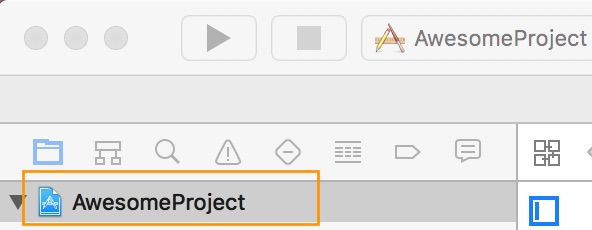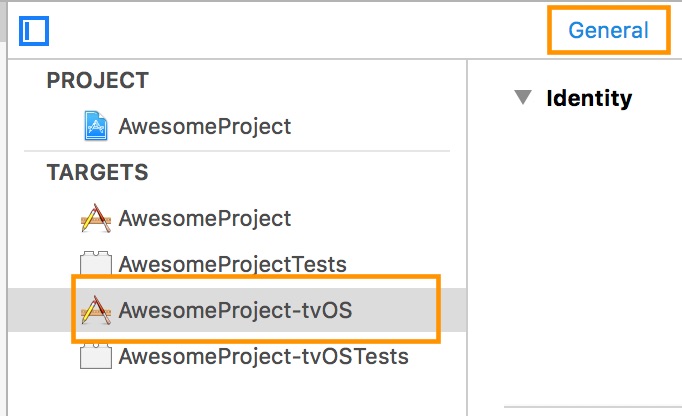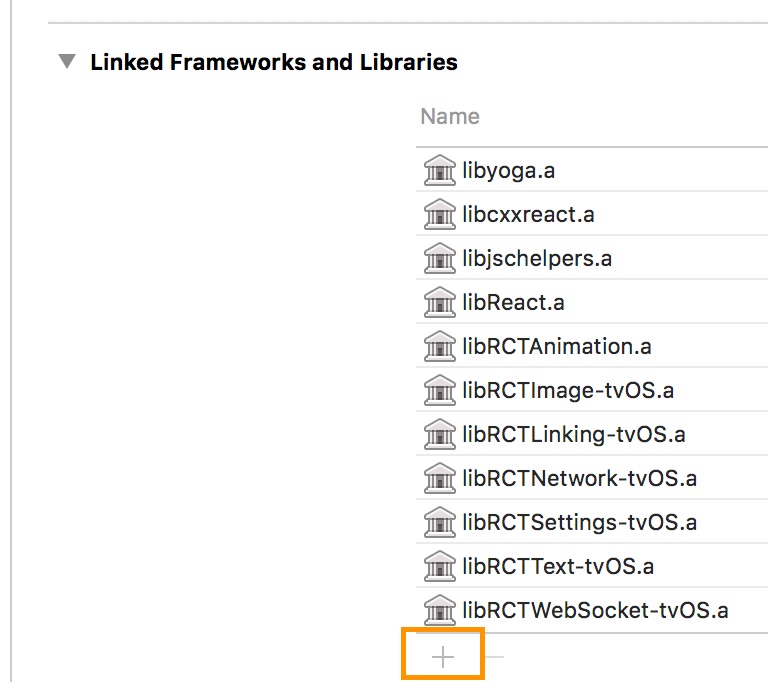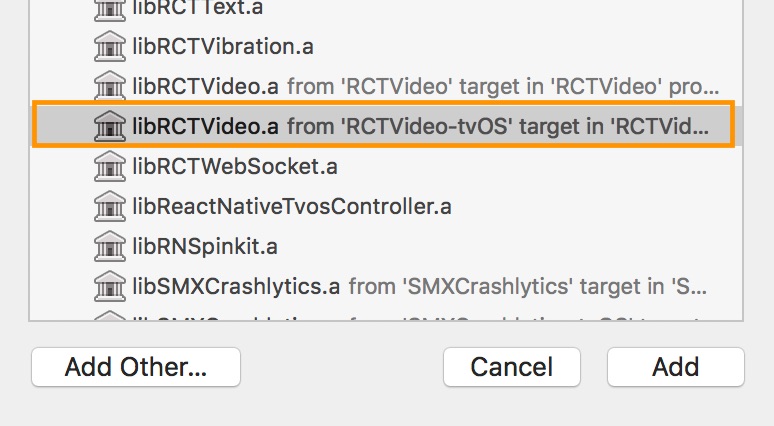* feat(docs): setup nextra * feat(docs): add pages * docs: update introduction page * docs: fix typos * docs: fix links * docs: update README * docs: sync with master * docs: remove old docs * fix(ci/docs): fix typos * fix(ci/docs): fix docs setup * fix(docs): update next config * chore(ci/docs): clean up * chore(docs): add meta tags * chore: apply review changes * docs: move drm into api section * docs: fix next config * docs: fix links * docs: add methods section * chore: sync with main * docs: add missing onAudio events
6.0 KiB
Installation
Using npm:
npm install --save react-native-video
or using yarn:
yarn add react-native-video
Then follow the instructions for your platform to link react-native-video into your project
Specific platform installation
iOS
iOS
Standard Method
React Native 0.60 and above
Run npx pod-install. Linking is not required in React Native 0.60 and above.
React Native 0.59 and below
Run react-native link react-native-video to link the react-native-video library.
Enable Static Linking for dependencies in your ios project Podfile
Add use_frameworks! :linkage => :static just under platform :ios in your ios project Podfile.
See the example ios project for reference
Using CocoaPods (required to enable caching)
Setup your Podfile like it is described in the react-native documentation.
Depending on your requirements you have to choose between the two possible subpodspecs:
Video only:
pod 'Folly', :podspec => '../node_modules/react-native/third-party-podspecs/Folly.podspec'
+ `pod 'react-native-video', :path => '../node_modules/react-native-video/react-native-video.podspec'`
end
Video with caching (more info):
pod 'Folly', :podspec => '../node_modules/react-native/third-party-podspecs/Folly.podspec'
+ `pod 'react-native-video/VideoCaching', :path => '../node_modules/react-native-video/react-native-video.podspec'`
end
Enable custom feature in podfile file
Google IMA
Google IMA is the google SDK to support Client Side Ads Integration (CSAI), see google documentation for more information.
To enable google IMA usage define add following line in your podfile:
$RNVideoUseGoogleIMA=true
Android
Android
Autolinking
Linking is not required in React Native 0.60 and above.
If your project is using React Native < 0.60, run react-native link react-native-video to link the react-native-video library.
If you have trouble, make the following additions to the given files manually:
android/settings.gradle
Add player source in build configuration
include ':react-native-video'
project(':react-native-video').projectDir = new File(rootProject.projectDir, '../node_modules/react-native-video/android')
android/app/build.gradle
From version >= 5.0.0, you have to apply these changes:
dependencies {
...
compile project(':react-native-video')
+ implementation "androidx.appcompat:appcompat:1.0.0"
- implementation "com.android.support:appcompat-v7:${rootProject.ext.supportLibVersion}"
}
android/gradle.properties
Migrating to AndroidX (needs version >= 5.0.0):
android.useAndroidX=true
android.enableJetifier=true
MainApplication.java
If using com.facebook.react.PackageList to auto import native dependencies, there are no updates required here. Please see the android example project for more details.
For manual linking
On top, where imports are:
import com.brentvatne.react.ReactVideoPackage;
Add the ReactVideoPackage class to your list of exported packages.
@Override
protected List<ReactPackage> getPackages() {
return Arrays.asList(
new MainReactPackage(),
new ReactVideoPackage()
);
}
Enable custom feature in gradle file
Enable client side ads insertion
To enable client side ads insertion CSAI with google IMA SDK, you need to enable it in your gradle file.
buildscript {
ext {
...
RNVUseExoplayerIMA = true
...
}
}
Windows
Windows
Autolinking
React Native Windows 0.63 and above
Autolinking should automatically add react-native-video to your app.
Manual Linking
React Native Windows 0.62
Make the following additions to the given files manually:
windows\myapp.sln
Add the ReactNativeVideoCPP project to your solution (eg. windows\myapp.sln):
- Open your solution in Visual Studio 2019
- Right-click Solution icon in Solution Explorer > Add > Existing Project...
- Select
node_modules\react-native-video\windows\ReactNativeVideoCPP\ReactNativeVideoCPP.vcxproj
windows\myapp\myapp.vcxproj
Add a reference to ReactNativeVideoCPP to your main application project (eg. windows\myapp\myapp.vcxproj):
- Open your solution in Visual Studio 2019
- Right-click main application project > Add > Reference...
- Check ReactNativeVideoCPP from Solution Projects
pch.h
Add #include "winrt/ReactNativeVideoCPP.h".
app.cpp
Add PackageProviders().Append(winrt::ReactNativeVideoCPP::ReactPackageProvider()); before InitializeComponent();.
React Native Windows 0.61 and below
Follow the manual linking instructions for React Native Windows 0.62 above, but substitute ReactNativeVideoCPP61 for ReactNativeVideoCPP.
tvOS
tvOS
react-native link react-native-video doesn’t work properly with the tvOS target so we need to add the library manually.
First select your project in Xcode.
After that, select the tvOS target of your application and select « General » tab
Scroll to « Linked Frameworks and Libraries » and tap on the + button
Select RCTVideo-tvOS
Examples
Run yarn xbasic install in the root directory before running any of the examples.
iOS Example
yarn xbasic ios
Android Example
yarn xbasic android
Windows Example
yarn xbasic windows



